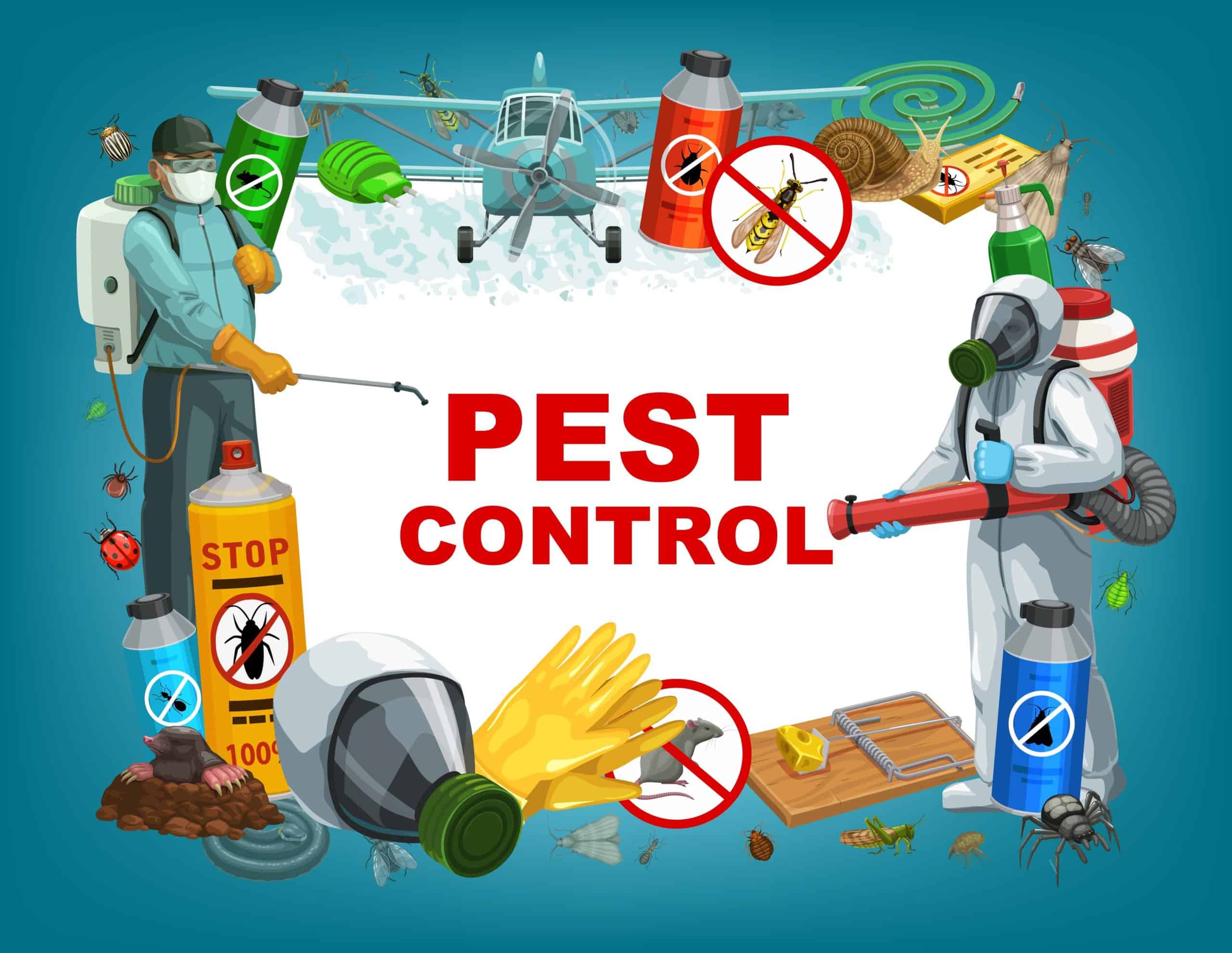Trusted A1 Exterminator Charlotte NC - Comprehensive Pest Solutions
Bed Pest Therapy Failure: Contrasting Chemical Vs. Non-Chemical Solutions
In the realm of parasite control, particularly when dealing with the relentless concern of bed pests, the option in between chemical and non-chemical treatment solutions can be a crucial one. Both techniques provide distinctive advantages and disadvantages, influencing elements such as performance, security considerations, and general price. By taking a look at the nuanced details of each technique, a clearer understanding of which path to pursue in attending to a bed bug infestation can be acquired.
Efficiency of Chemical Treatments
Chemical therapies for bed pest problems have been commonly acknowledged for their rapid and powerful efficacy in eradicating these parasites. When considering the efficiency of chemical treatments, it is vital to recognize that they can give a complete and quick remedy to a bed insect issue.
In addition, chemical therapies have the benefit of offering recurring results, suggesting that they can continue to remove bed insects even after the initial application. This recurring action is specifically valuable in combating any kind of possible re-infestations. Additionally, the fast activity of chemical therapies can bring alleviation to people dealing with extreme bed bug infestations, allowing them to gain back control of their space promptly.
Security Worry About Chemical Solutions
When making use of chemical options for bed pest treatment is making sure the safety of passengers and the environment,One important element that requires cautious consideration. While chemical treatments can be effective in removing bed insects, they might position threats otherwise managed appropriately. Among the main security interest in chemical solutions is the prospective injury they can create to human health. Direct exposure to specific chemicals used in bed insect treatments can result in breathing concerns, skin irritability, or various other negative responses, especially in individuals with pre-existing problems or sensitivities. Additionally, incorrect application or dosage of chemical pesticides can result in toxic residues lingering in the treated location, presenting long-lasting health and wellness dangers to occupants.
Furthermore, the environmental impact of chemical options is one more significant consideration. Some pesticides used in bed bug treatments might be unsafe to valuable pests, wildlife, and ecological communities if they leach right into the soil or water supply. It is vital to utilize chemical therapies sensibly, adhering to safety guidelines, and thinking about less toxic alternatives to alleviate these risks and make certain the risk-free and effective management of bed bug invasions.
Benefits of Non-Chemical Approaches
Thinking about the possible security problems and environmental influence connected with chemical solutions for bed insect therapy, checking out non-chemical methods presents a promising option with a number of distinct advantages. Non-chemical treatments are eco friendly, as they do not add to air or water contamination, making them a sustainable choice for insect control.
Additionally, non-chemical solutions can be effective in targeting bed insects, consisting of hard-to-reach locations where chemical therapies may not pass through - A1 bed bug exterminator charlotte. Approaches such as warmth treatment, vacuuming, heavy steam cleansing, and mattress coverings provide extensive elimination without the usage of harmful chemicals.
Limitations of Non-Chemical Treatments

In addition, non-chemical treatments often need several applications view to accomplish successful removal. This can be lengthy and may not always assure full elimination of all bed insects and their eggs, especially in hidden or hard-to-reach locations.
Additionally, the success of non-chemical treatments greatly counts on appropriate execution and thoroughness, which can be testing for people without specialist proficiency. Inadequate application of non-chemical approaches might cause insufficient elimination, bring about persistent invasions and the need for extra treatments.
Therefore, while non-chemical therapies have their benefits, it is important to acknowledge these limitations and consider them when determining one of the most effective strategy for taking care of bed pest problems.
Cost Contrast: Chemical Vs. Non-Chemical Options
Offered the limitations linked with non-chemical treatments, an essential facet to review in the context of bed bug administration is the cost contrast in between chemical and non-chemical alternatives. In contrast, non-chemical therapies like heat therapy or steam can be more expensive, with expenses varying from $1,000 to $6,000 for Get the facts a whole my review here home. While the preliminary expense of chemical therapies may seem reduced, multiple treatments might be called for to fully eliminate the invasion, possibly raising the total cost.
Conclusion

Thinking about the possible security issues and environmental influence connected with chemical services for bed insect therapy, exploring non-chemical techniques presents an appealing choice with several distinct advantages.Offered the limitations connected with non-chemical therapies, an essential facet to review in the context of bed bug administration is the expense comparison between chemical and non-chemical choices. In contrast, non-chemical therapies like heat therapy or heavy steam can be extra expensive, with prices ranging from $1,000 to $6,000 for a whole home. While the preliminary price of chemical therapies might seem lower, multiple treatments may be required to fully remove the problem, potentially increasing the total price.In conclusion, when contrasting chemical and non-chemical bed insect therapy alternatives, it is important to consider performance, safety and security, benefits, limitations, and cost.